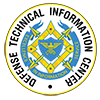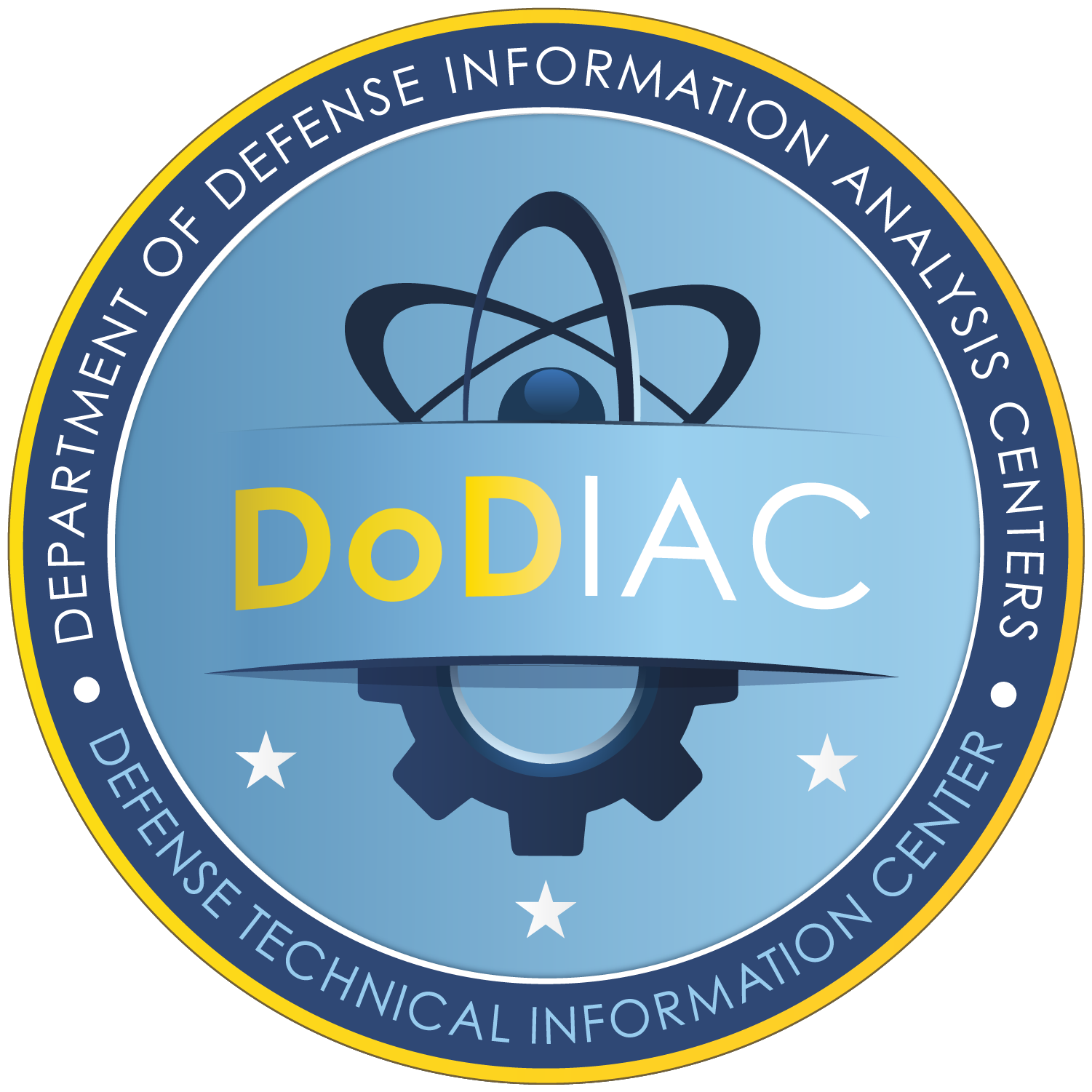The Electric, Driverless Revolution Is About to Hit the High Seas
It’s not just in Google laboratories that the revolution in electric, driverless transportation is gathering pace: a Norwegian shipping company is aiming to be able to deliver cargoes by sea on unmanned vessels from 2020. The fully electric, zero emissions YARA Birkeland will set sail next year in Europe, Oslo-based Yara International ASA said astatement









